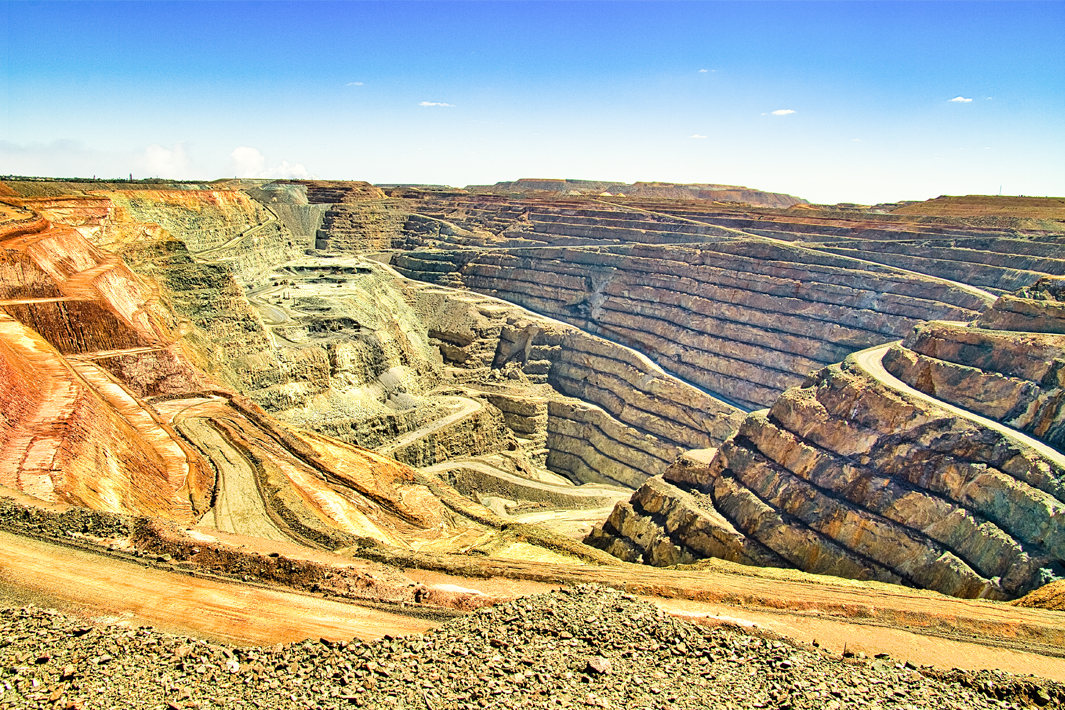
December 11, 2024
Dundas Minerals Limited (ASX: DUN) (“Dundas Minerals”, “Dundas” or “the Company”) is pleased to announce highly encouraging first pass assay results from its recently completed drilling campaign within Mining Lease M 24/974 (‘’Rockland’’), at the Windanya Gold Project.
Highlights
- Assays received from first-pass 23-hole RC drill programme at “Rockland” (M 24/974)
- Discovery of new zone of gold mineralisation between the historic Milford and Windanya North gold prospects, within granted Mining Lease M 24/974
- Gold mineralisation now extends over ~1km along strike
- Best intercepts include:
- 12m @ 1.9g/t gold from 72m, incl 4m @ 3.0g/t from 80m (24RKRC015)
- 16m @ 1.5g/t gold from 68m, incl 4m @ 2.7g/t from 76m (24RKRC005)
- 8m @ 1.8g/t gold from 108m, incl 4m @ 2.7g/t from 112m (24RKRC013)
- 4m @ 1.7g/t gold from 48m (24RKRC019)
- 4m @ 1.5g/t gold from 128m (24RKRC022)
- Previous drilling was mostly limited to 50 metres, and undertaken 25 – 35 years ago
- Planning of a follow-up drill program to target extensions of the 1km long gold trend
- Dundas is also expecting assay results in January 2025, from recently completed drilling at the Baden-Powell gold deposit
Dundas is actively exploring for gold at the Windanya and Baden- Powell projects, located adjacent to the Goldfields Highway ~60km north of Kalgoorlie, Western Australia, and ~15km north of the Paddington gold mill.
Rockland – Drilling Program / Assay Results
All assay results have been received from the 23 hole reverse circulation (RC) drilling program of 3,954 metres, that was completed within the Rockland granted mining lease in October 2024. 11 of the 23 holes drilled returned gold assays above 1.0g/t, from 4m composite samples (Appendix: Table 1).
Commenting on the first pass drill campaign, Dundas managing director Shane Volk said: ‘’This is an excellent start from first pass drilling at a project that Dundas acquired an option on only a few months ago. Most of the previous drilling at the project was limited to 50 metres, and undertaken 25-35 years ago when the gold price was below US$500 an ounce.
Results from this first pass program have exceeded expectations. Importantly for the Company, as we seek to grow the size of the gold mineralisation at the Windanya project area, is that Rockland gold mineralisation is within a granted ML located very close to the Goldfields Highway (5km), Kalgoorlie (60km) and multiple operating gold mills, including Paddington (15km).’’
The best assay results from the drill program are:
- 12m @ 1.9g/t gold from 72m, incl 4m @ 3.0 g/t (80-84m): 24RKRC015
- 16m @ 1.5g/t gold from 68m, incl 4m @ 2.7 g/t (76-80m): 24RKRC005
- 8m @ 1.8g/t gold from 108m, incl 4m @ 2.7 g/t (112-116m): 24RKRC013
- 8m @ 1.1g/t gold from 122m: 24RKRC007
- 4m @ 1.7g/t gold from 48m: 24RKRC019
- 4m @ 1.5g/t gold from 128m: 24RKRC022
- 12m @ 1.0g/t gold from 68m: 24RKRC012
Holes were drilled on broad, nominal 150m spaced sections to test mineralisation previously identified in shallow historic RAB and RC drilling, mostly at the Milford and Windanya North gold prospects. Importantly a new mineralised zone has been discovered between these prospects, highlighting a ~1km long gold mineralised trend along the entire length of the ML, and possibly extending north to the Aquarius gold prospect (Figure 1). Mineralisation comprises an oxide supergene zone in the deeply weathered mafic host lithologies, above a series of stacked structures dipping shallowly to the east in the transitional to fresh rock. As illustrated in Figure 1, gold mineralisation is interpreted as trending north – south, which is consistent with the regional trend.
Background – Windanya Gold Project (incl. Rockland)
On 8 October 2024, Dundas Minerals announced that it had executed an exclusive 12 -month option to acquire 100% of granted mining lease (ML) M24/974 (Rockland).
Rockland is strategically situated between Dundas’ Aquarius and Scorpio gold prosects (Figure 1), where on 6 February 2024, Dundas announced high grade gold intercepts from an initial drilling program, including: Aquarius (3m @ 10.2 g/t from 109m; 2m @ 6.5g/t from 70m); and Scorpio (2m@ 3.2 g/t from 9m; 1m @ 6.5g/t from 49m).
The area comprising the Rockland ML has been subject to historic shallow drilling during the 1980s, which was mostly to a maximum depth of 50m (RAB). Also, a series of RAB holes to a maximum depth of ~90m was drilled in the early 2000s, plus 12 RC holes at the Windanya North prospect. More recently the current tenement owner drilled 3 RC holes at depths between 140m and 173m, also at Windanya North. However, the drilling just completed by Dundas Minerals is the first to systematically test for gold mineralisation at Rockland to depths beyond 50m.
Assay results from the Rockland drilling reported in this announcement are from 4 metre composite samples, a cost effective sampling technique commonly used during first-pass exploration drilling. The technique involves taking equal portions of four consecutive 1 metre samples, which are combined to create a single sample for assay. Where gold grades of 0.1g/t or higher were returned from the composite, the Company has submitted the individual 1 metre samples for gold assay (50g Fire assay). Results from these assays are expected in late January 2025, and will provide more definitive and detailed data. Only 2 of the 23 holes drilled (24RKRC002 and 24RKRC003) reported no gold grades above the 0.1g/t threshold with 4 metre composite samples.
Baden-Powell Gold Deposit
Further to the Company’s announcement on 24 November 2024, the 15 hole RC drilling program at the Baden-Powell gold deposit (Figure 2) was completed on 9 December 2024. Assays results from the program are also expected in late January 2025.
Click here for the full ASX Release
This article includes content from Dundas Minerals, licensed for the purpose of publishing on Investing News Australia. This article does not constitute financial product advice. It is your responsibility to perform proper due diligence before acting upon any information provided here. Please refer to our full disclaimer here.
The Conversation (0)
1h
Hidden Gem: How Intrusion-related Gold Deposits Could Fuel Next-generation Discoveries
With the gold price continuing to hover near all-time highs and major producers scouring the globe for new large-scale deposits, one type of gold system is emerging as a potential game changer. Intrusion-related gold systems (IRGS) have already yielded multimillion-ounce mines, like Kinross... Keep Reading...
1h
Finding Gold: Exploring New Zealand’s Next Big Discovery
Despite its rich mining legacy, New Zealand remains one of the most underexplored frontiers for gold in the developed world. Now, with advanced exploration tools and a new generation of explorers, the country is emerging as a hotbed of untapped investment opportunity.Modern exploration... Keep Reading...
29 December
Centurion Minerals: Abitibi's Gold Gem
Centurion Minerals (TSXV:CTN) is a Canadian gold exploration company focused on the world-class Abitibi greenstone belt. The company offers investors an early-stage entry point into a strategically located gold exploration company positioned within one of North America’s most prolific and active... Keep Reading...
Latest News
Interactive Chart
Latest Press Releases
Related News
TOP STOCKS
American Battery4.030.24
Aion Therapeutic0.10-0.01
Cybin Corp2.140.00




